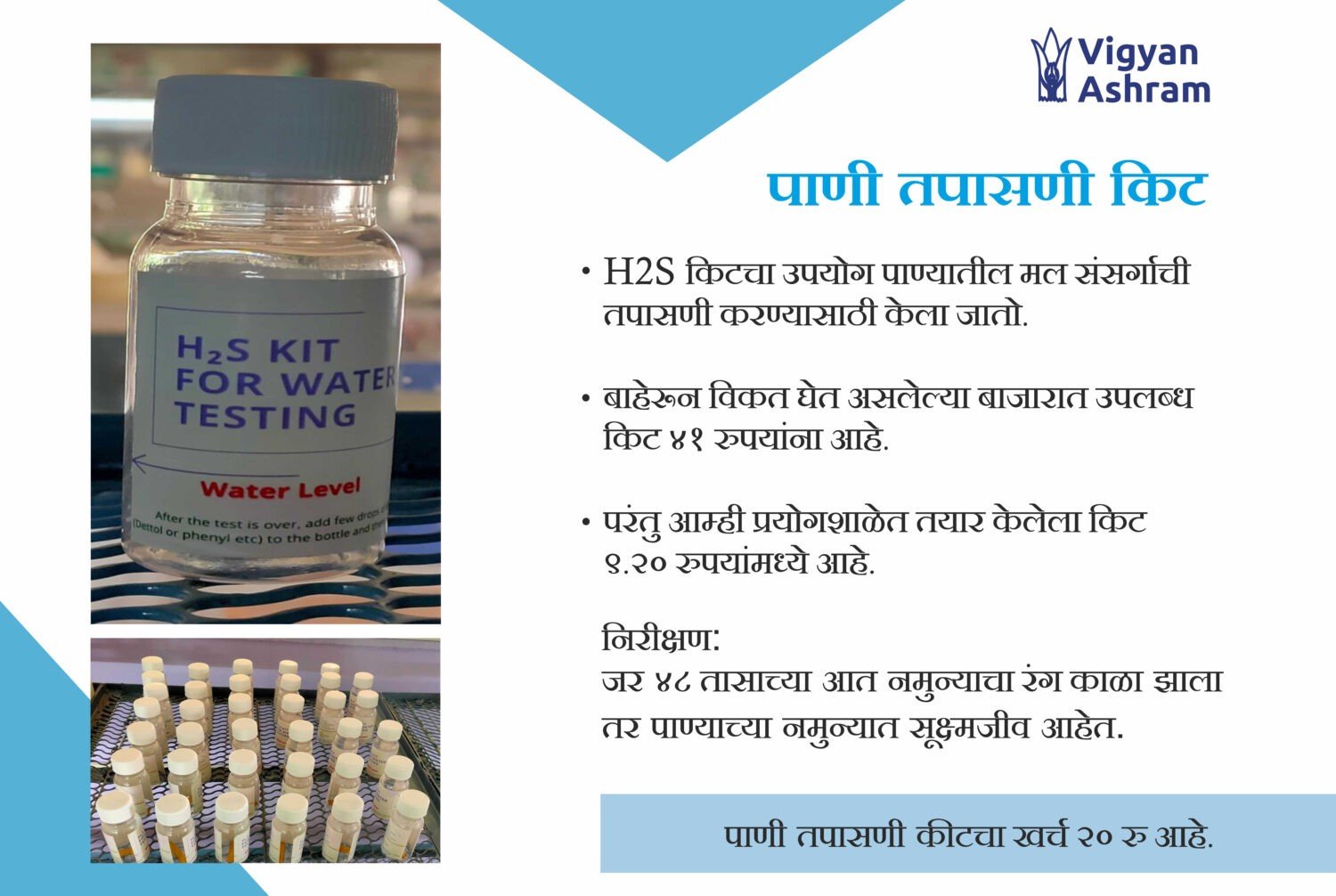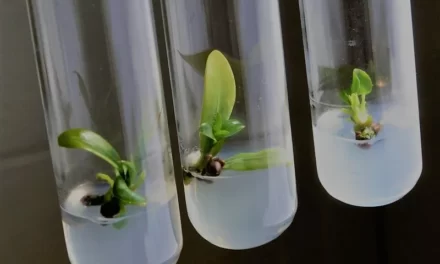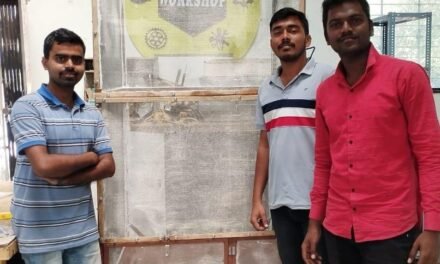Report on Modified H2S Water Testing Kit
Introduction: Waterborne diseases are a significant health concern, particularly in developing regions where access to clean water is limited. The detection of harmful microorganisms in water sources is crucial for public health interventions. The H2S water testing kit aims to provide a cost-effective, user-friendly solution for detecting microbial contamination in water, focusing on the presence of coliform bacteria that can cause diseases like diarrhea and typhoid.
Objective: The primary goal of this project is to enhance the effectiveness and efficiency of the H2S water testing kit, making it commercially viable for widespread use. This involves refining the testing process, optimizing the selection of materials, and modifying the kit’s media composition to improve accuracy and speed of results.
Methodology:
- Selection of Paper Type: Various types of paper were evaluated for their water-holding capacity and suitability for use in the H2S testing strips. Whatman filter paper No.-41 and Filter paper HM 2 were chosen based on their absorbency and ease of use.
- Media Preparation: The H2S medium was prepared by modifying its composition, adding L-cysteine HCl to enhance its performance. The powder media components were mixed in appropriate quantities to ensure solubility and maintain a pH range of 6.5 to 7.2.
- Trials with Modified Kit: The modified H2S water testing kit was tested using different water samples, including distilled water, Vigyan Ashram Dream House water, tap water, and Vigyan Ashram kitchen water. Each sample was incubated for 48 hours, and the results were observed and recorded.
Results:
- Using Whatman Filter Paper No. 41:
- Kitchen Water: Positive
- Distilled Water: Positive
- Dream House Water: Negative
- Tap Water: Positive
- Using Filter Paper HM 2:
- Kitchen Water: Positive
- Distilled Water: Negative
- Dream House Water: Positive
- Tap Water: Positive
Conclusion:
- The modified H2S water testing kit showed improved results compared to the previous version.
- The addition of L-cysteine HCl to the media composition enhanced the kit’s sensitivity and specificity.
- Using Whatman filter paper No. 41 or Filter paper HM 2 yielded reliable results, although further optimization may be needed.
- The kit still requires 48 hours for incubation, indicating scope for further refinement to reduce testing time.
Recommendations:
- Continue refining the kit’s components and procedures to optimize performance and reduce testing time.
- Explore alternative methods or technologies to expedite the detection process without compromising accuracy.
- Conduct field trials in diverse environmental conditions to assess the kit’s reliability and effectiveness across different settings.
- Collaborate with local health authorities and communities to promote the adoption of the H2S water testing kit for routine water quality monitoring.
Acknowledgments: We acknowledge the contribution of Vigyan Ashram fellow Shubham Barmukh and the support of all team members involved in the development and testing of the H2S water testing kit.
References:
- Pacific Water: H2S Water Testing Kit. [Link]
- Vigyan Ashram Blog: H2S Kit Preparation. [Link]




